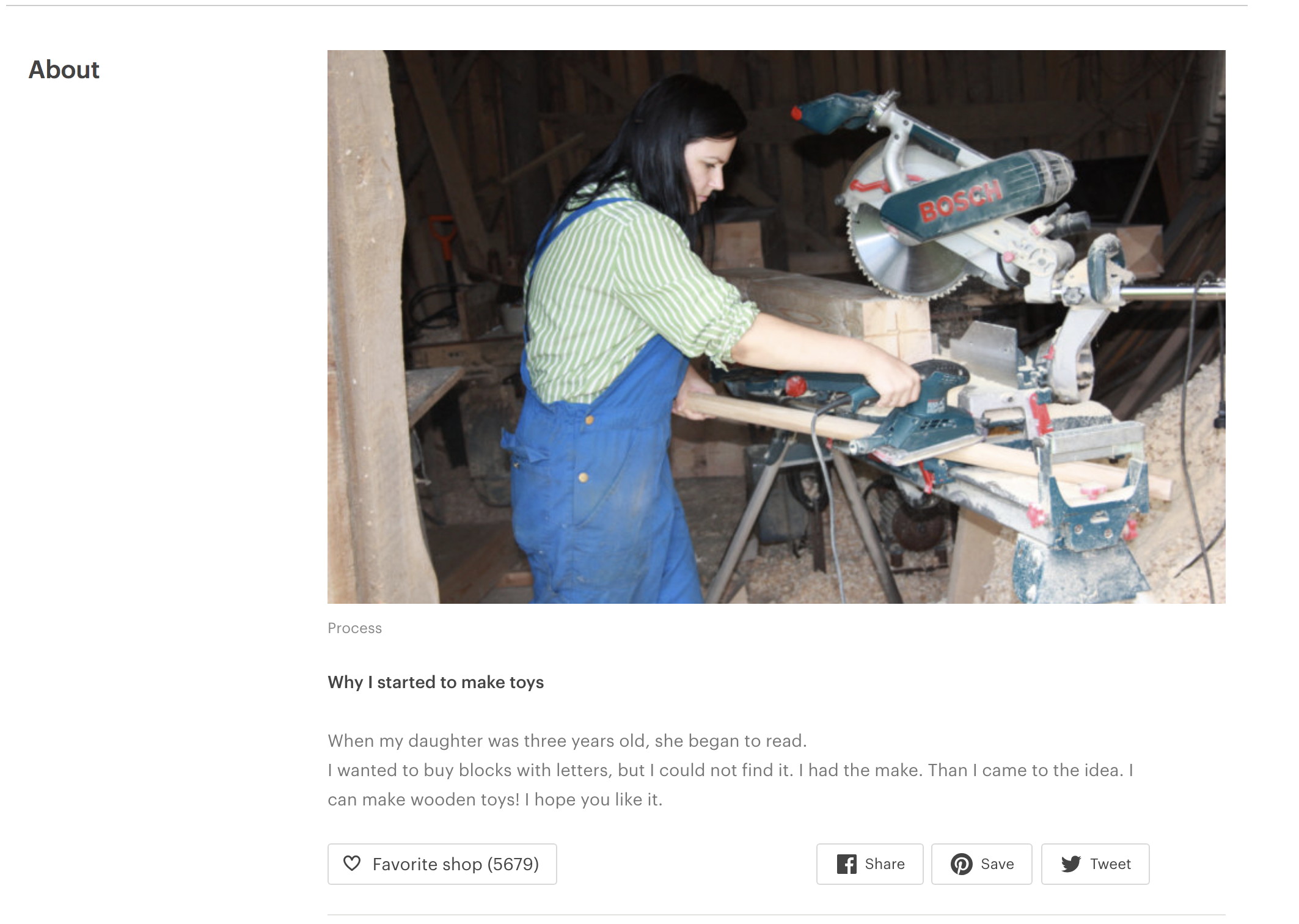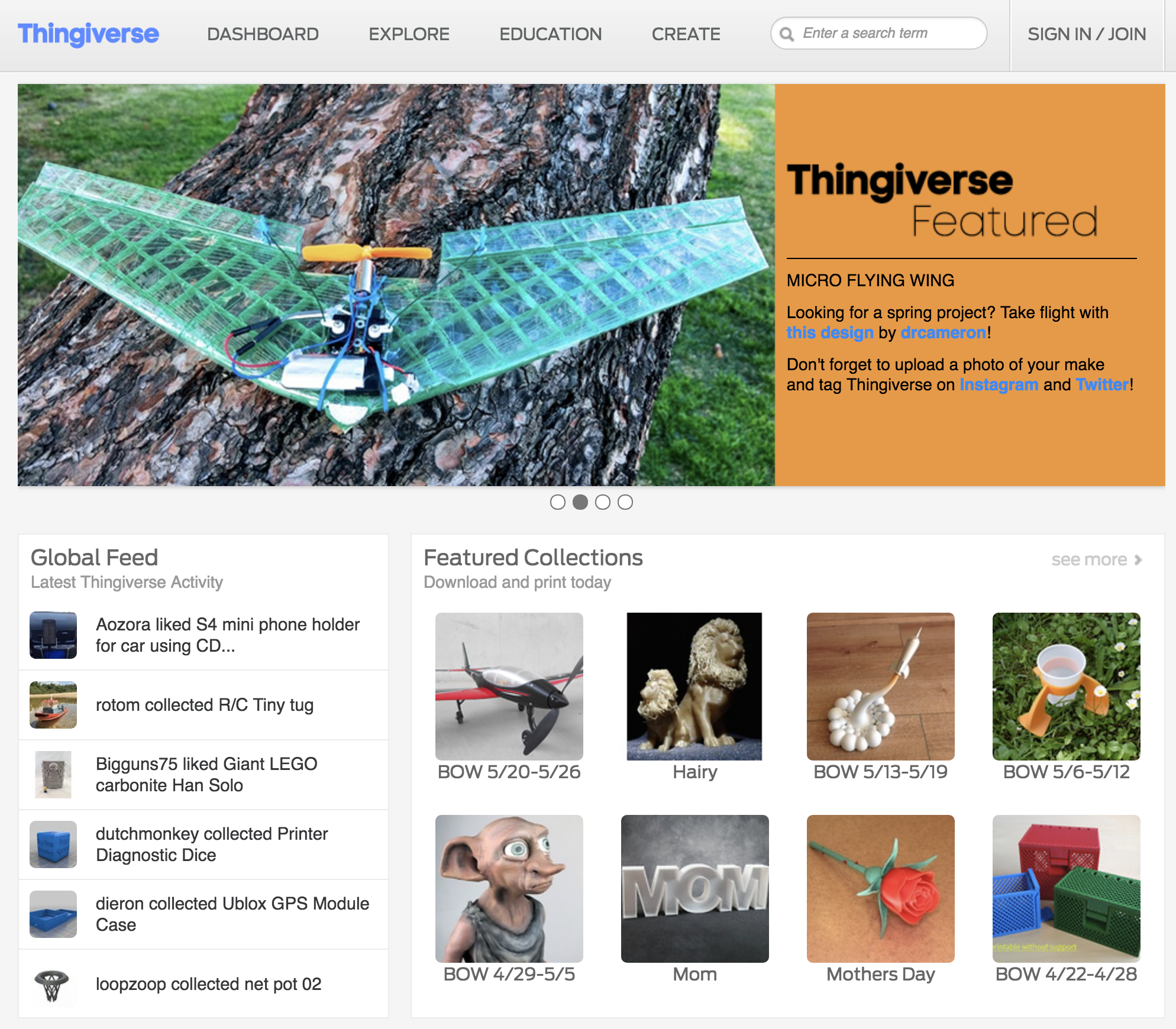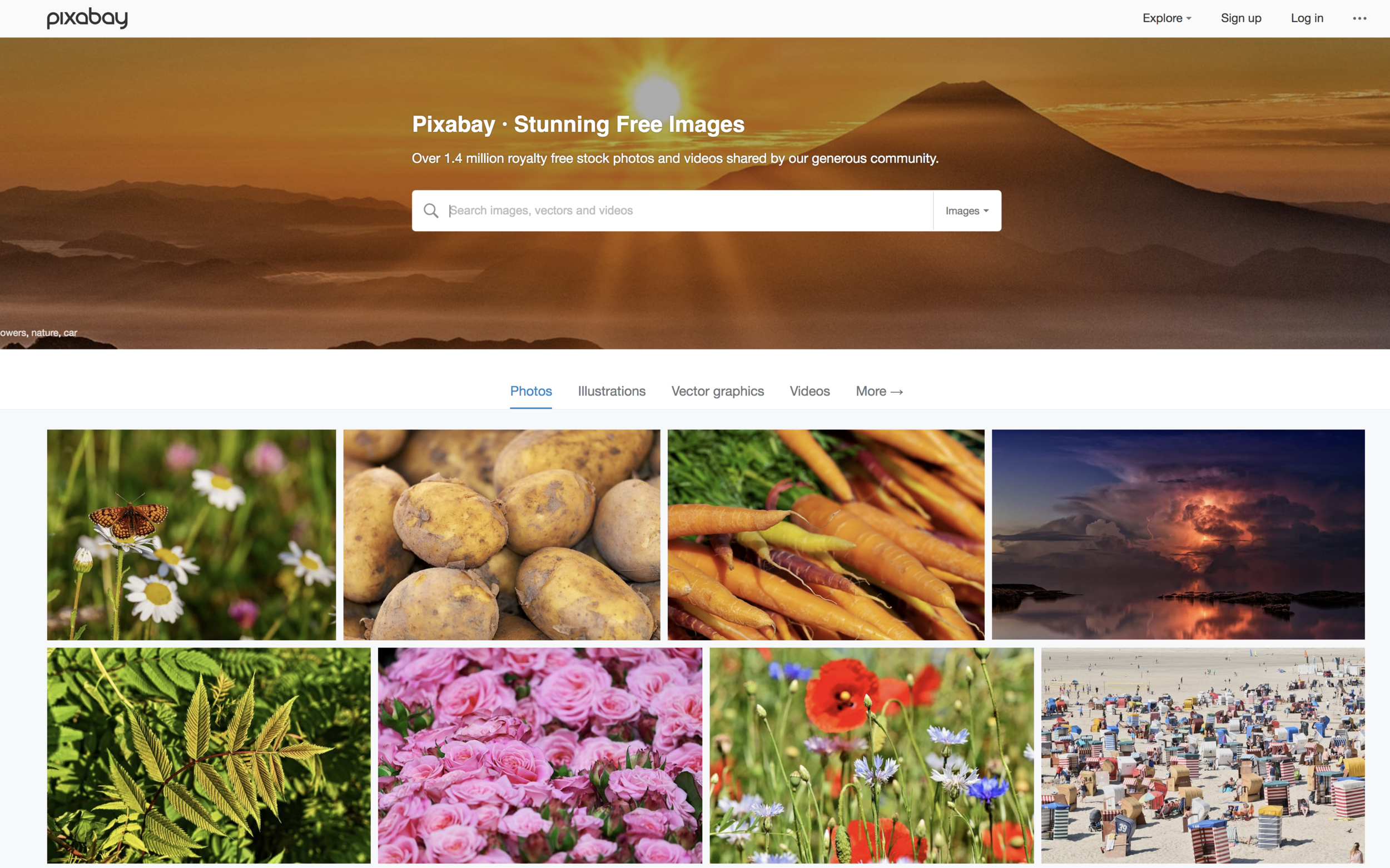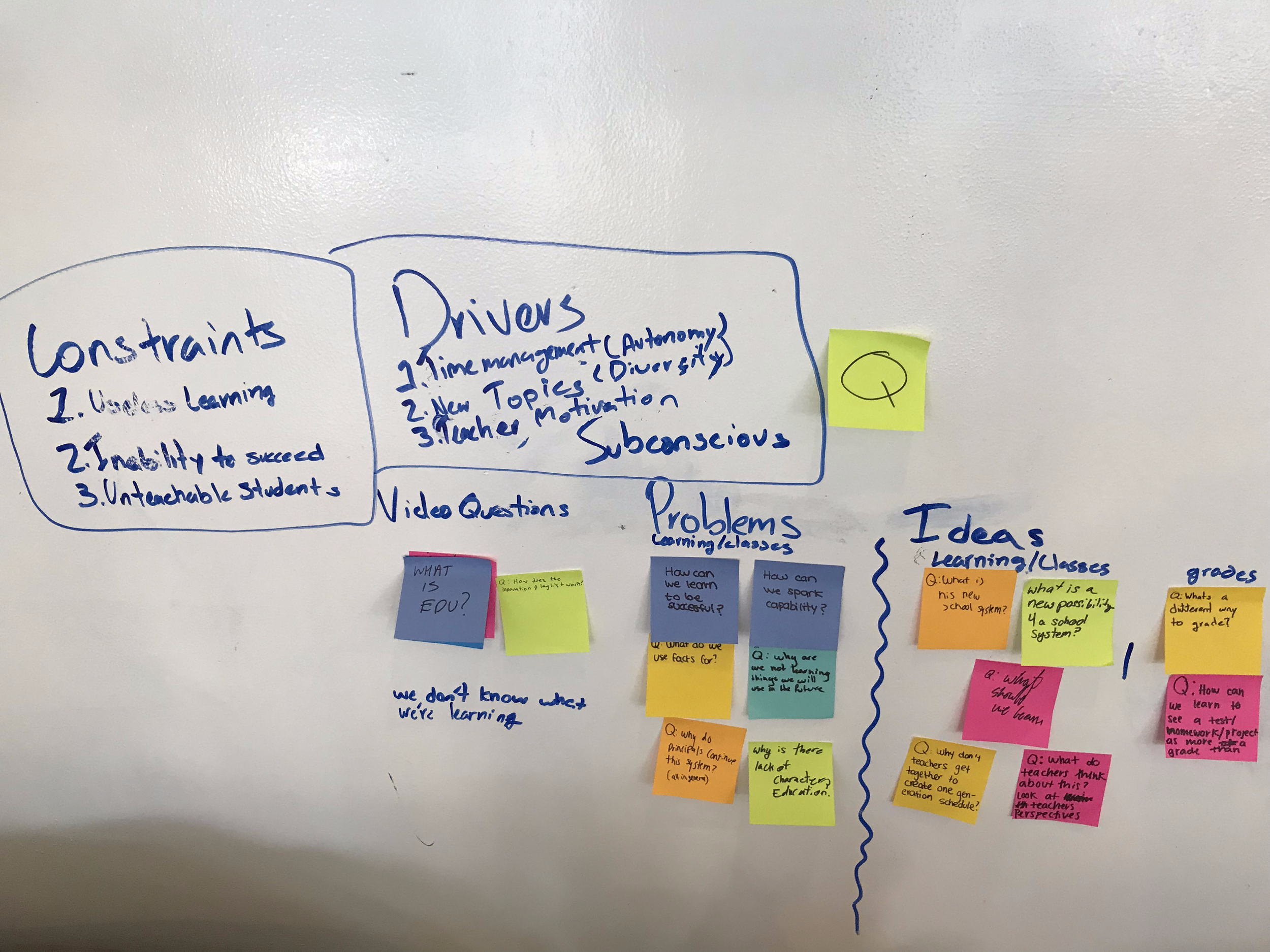The Live Curious, Go Beyond 2019 Tech and Innovation in Edu Conference was the 5th prototype of a redesigned half-day PD experience. In 2015 we at the then “Tech Integration Department” and our partners, “Digital Teachers”, took on the task of exploring how we might make a “Tech PD Day” Friday afternoon awesome. When we asked teachers how they wanted to feel when they attended Tech PD, they stated they wanted choice, enthusiasm, inspiration, and connecting.
One of the ideas which floated to the top was the taking a previously scheduled ½ PD day for the Middle and High School and run it like a conference. We kicked off the day with inspirational “mini-keynote” presentations, offered a wide variety of sessions facilitated by leaders from our community, and brought the teaching faculty together as one, nursery through 12th grade. This had not happened prior to this experience.
Presenters and Leaders 2015-19





Earlier that year we leveraged the Design Thinking process to connect with the community and articulate a vision statement to guide our next steps, projects, and areas of impact as a “Tech Integration” department at ASFM. Hence when we were searching for a name for our redesigned Tech PD experience the Live Curious, Go Beyond_________ vision statement was an immediate fit. It became the culmination and celebration opportunity for numerous community driven projects and moonshots from the school year.
The feedback from that day was overwhelmingly positive. With little budget to speak of, no external speakers, and really just a change in mindset, we were able to redesign that ½ day Tech PD day into a Friday afternoon awesome experience that February of 2015. We were on to something.
We were immediately curious if other schools in the region might be interested in a Tech for Education conference for teachers by teachers. We sent out invitations, brought in a keynote speaker, David Jakes, and expanded to a two day event (Friday and Saturday). It turned out 17 schools and roughly 138 external attendees were interested and joined us for the 1st Tech and Innovation in education professional learning event in the Tri-Association of American for International Schools throughout Latin American, Northern South America, and the Caribbean. We had responded to a need which had been waiting to be filled for a while.
Keynote Speakers 2015-2019




Since that first event in February of 2015, the conference has continued to grow exponentially but there have been some significant pivots along the way. One being the sole focus on “Tech”. Like many schools in the region, we had “Technology” present in our schools for ages, rolled out 1:1 programs, and were now at a point of focusing on enhancing the learning experience with and outside of “Tech”. Therefore the theme of “Innovation” was added and enhanced as a key aspect of the event. This led to the addition of strands such as Blended Learning, Design Thinking, Maker Edu, STEM, Beyond, <2.5%, Parent University, etc. As a leadership and planning team this allowed us to be more agile to the emergent needs of the community.
Secondly, we heard from presenters that while they enjoyed presenting, they also enjoyed attending other sessions. At the first couple events presenters presented up to 5 of 7 sessions which is normal for a typical conference but did not seem to be what our presenters wanted. Since then we have increased the number of presenters we accept in an effort to reduce the number of sessions each presenter is leading sessions. Our initial fear was that this would have a negative impact on the quality of sessions, this has not been the case. Based on our feedback we can confidently say that the quality of sessions has substantially increased. What has happened is that presenters are coming year after year not only to present but also get high quality PD and connect with community and experience.
Design 2016-19









This was our most significant modification. We have moved beyond a solely Tech and Innovation in education event to a community based event. The 5th event in 2019 event was attended by 52 schools and over 500 attendees from a wide variety of school, public and private. Thanks to the generosity of sponsors such as Apple, EdTechTeam, Google for Education, Turnitin.com, and the Tri-Association to name a few, we have been able to keep the registration costs low. The feedback, general feeling and ambiance is one of community and connecting, a homecoming and celebration of sorts.
When we started the journey exploring how we might redesign the PD experience to be Friday afternoon awesome, we couldn’t have imagined a community event with attendees from Canada to Argentina, over 100 presenters, 200 volunteers, 500+ attendees, and various experiences for students to attend as well. The 2019 event felt like a celebration, a reunion, and a Friday afternoon, even while we were at school on Saturday afternoon. The first five prototypes have been an amazing experience and an unexpected journey. We can’t wait for the next one and we invite you to join us.
Live Curious, Go Beyond Leadership





















